Fix for “Close Firefox: A copy of Firefox is already open.” error

“Close Firefox – A copy of Firefox is already open. Only one copy of Firefox can be open at a time.”
You may have gotten this message if Firefox has recently crashed or you killed the process. The reason this error is appearing is likely because there is a lock file on your Firefox profile.
The easiest fix to resolve this “Close Firefox” error message is to remove the lock file from your profile, here is how to do this:
* Open the Terminal, you will need to navigate to your FireFox profile directory:
cd ~/Library/Application\ Support/Firefox/Profiles/
Now there will be a randomly generated name in here attached with a .default extension, like aioruajc.default or groeakc.default, once you’re in the Firefox Profiles directory you can find out what the randomly generated name is by typing:
ls
then type the cd command with whatever the random .default directory name is:
cd alaklrac.default
Once inside the .default Profiles directory, you can remove the lock file:
rm -rf .parentlock
You should now be able to relaunch Firefox without the error message.
Note: an alternate method to get to the proper Firefox Profiles directory is to type the following command:
cd ~/Library/Application\ Support/Firefox/Profiles/*.default
The * is a wildcard and will enter whatever directory ends with .default, this only works if you are using a single Firefox profile though. You can then remove the .parentlock file and relaunch Firefox as usual.

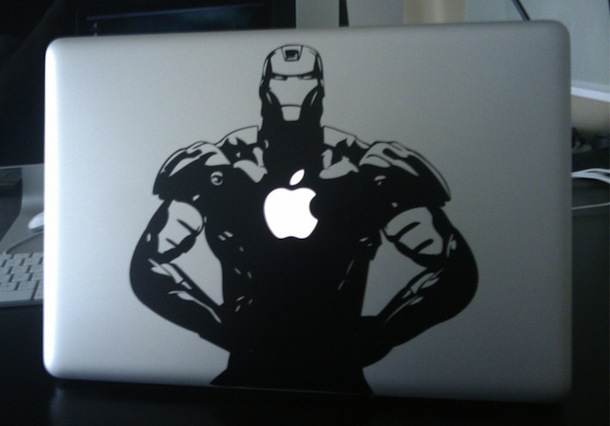
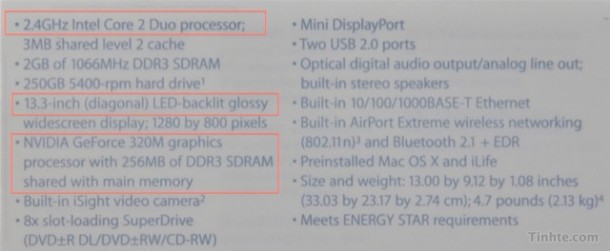
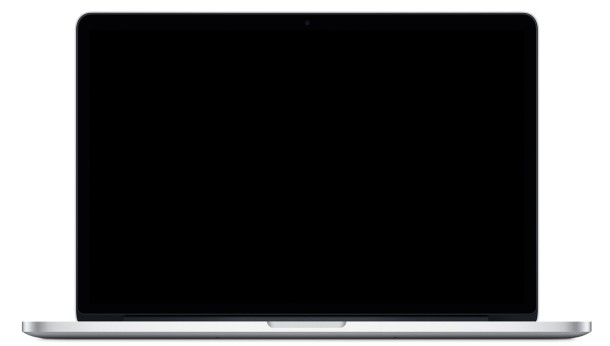
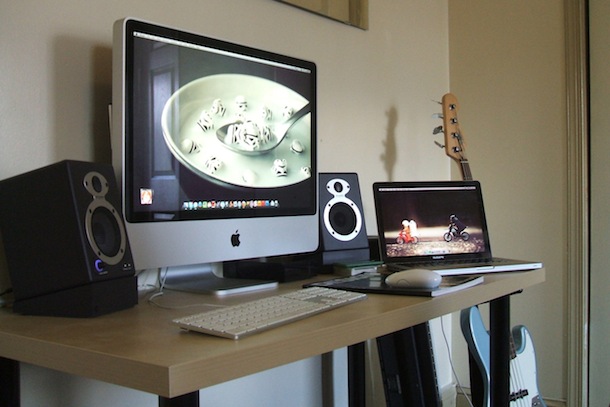
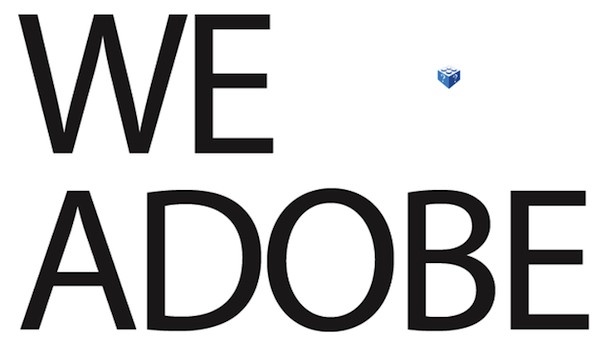
 If you want to start developing for the iPhone, iPod Touch, or iPad, the first thing you’ll need to do is download and install the iPhone SDK. Yes, the iPhone SDK is what you will want to download even if you have no intention on developing for the iPhone itself and only the iPad, they both run the same iPhone OS operating system.
If you want to start developing for the iPhone, iPod Touch, or iPad, the first thing you’ll need to do is download and install the iPhone SDK. Yes, the iPhone SDK is what you will want to download even if you have no intention on developing for the iPhone itself and only the iPad, they both run the same iPhone OS operating system.  Hulu for the iPad is still under development, but that doesn’t mean you can’t watch Hulu content and TV shows right now on your iPad. If you’re a fan of ABC shows like LOST, Flash Forward, Grey’s Anatomy, Modern Family, Desperate Housewives, Jimmy Kimmel Live, and whatever else is on their lineup, the official
Hulu for the iPad is still under development, but that doesn’t mean you can’t watch Hulu content and TV shows right now on your iPad. If you’re a fan of ABC shows like LOST, Flash Forward, Grey’s Anatomy, Modern Family, Desperate Housewives, Jimmy Kimmel Live, and whatever else is on their lineup, the official 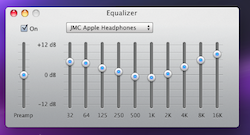 The iPhone & iPod Touch have a bunch of built-in preset equalizer settings, which are nice and all but they don’t work for everyone. The preset EQ settings are particularly weak when you compare them to the control you have with the
The iPhone & iPod Touch have a bunch of built-in preset equalizer settings, which are nice and all but they don’t work for everyone. The preset EQ settings are particularly weak when you compare them to the control you have with the  What is known as “Print Screen” in the Windows world is called screen captures or screen shots in Mac OS X. You’ve probably noticed there is no ‘Print Screen’ button on a Mac keyboard, this is to both simplify the keyboard and also because it’s just unnecessary. On the Mac, instead of hitting a “Print Screen” button, you’ll hit one of several keyboard combination shortcuts to perform a specific action, depending on the exact screen capture action you want taken. This is both easier and much more powerful, given that there are ultimately six unique options to perform variations of the screen print on Mac.
What is known as “Print Screen” in the Windows world is called screen captures or screen shots in Mac OS X. You’ve probably noticed there is no ‘Print Screen’ button on a Mac keyboard, this is to both simplify the keyboard and also because it’s just unnecessary. On the Mac, instead of hitting a “Print Screen” button, you’ll hit one of several keyboard combination shortcuts to perform a specific action, depending on the exact screen capture action you want taken. This is both easier and much more powerful, given that there are ultimately six unique options to perform variations of the screen print on Mac.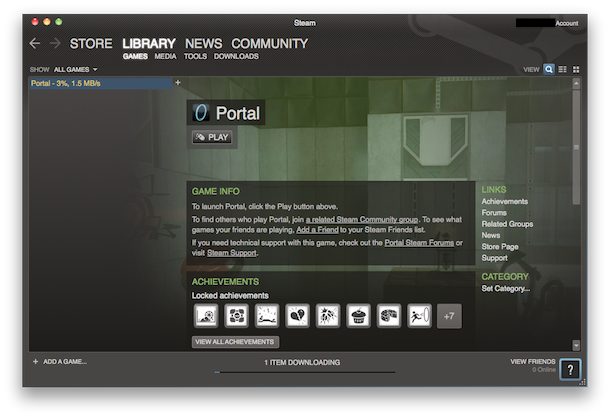
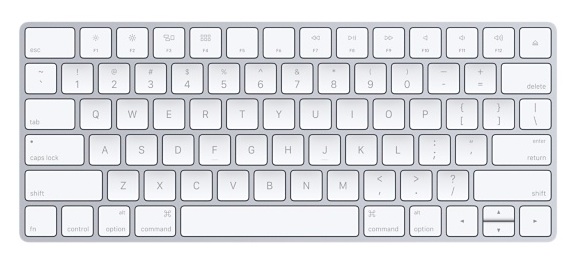
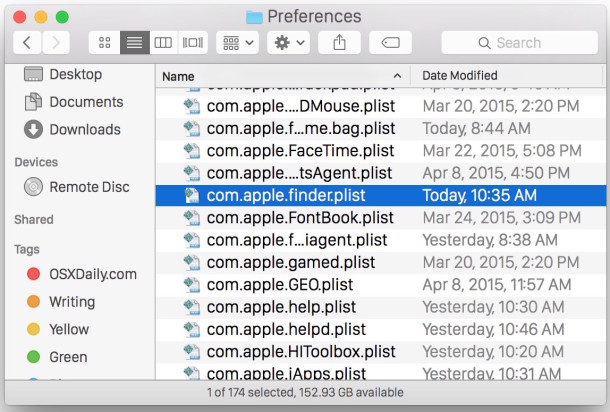
 NameChanger is a free app solution to quickly and easily batch rename files in Mac OS X. It has all the features you’d expect in a batch renaming app, and you can replace occurrences of text in filenames, use wildcards, append text or characters, add dates, make files sequential, and even remove characters, just select your options and you’ll see a live preview as to what the new names will be.
NameChanger is a free app solution to quickly and easily batch rename files in Mac OS X. It has all the features you’d expect in a batch renaming app, and you can replace occurrences of text in filenames, use wildcards, append text or characters, add dates, make files sequential, and even remove characters, just select your options and you’ll see a live preview as to what the new names will be. 